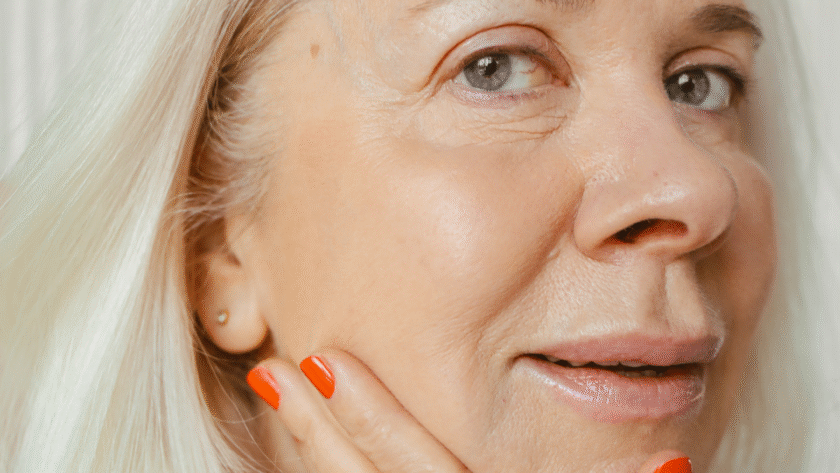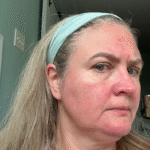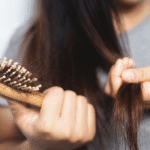Your Complete Guide to Topical Growth Factors
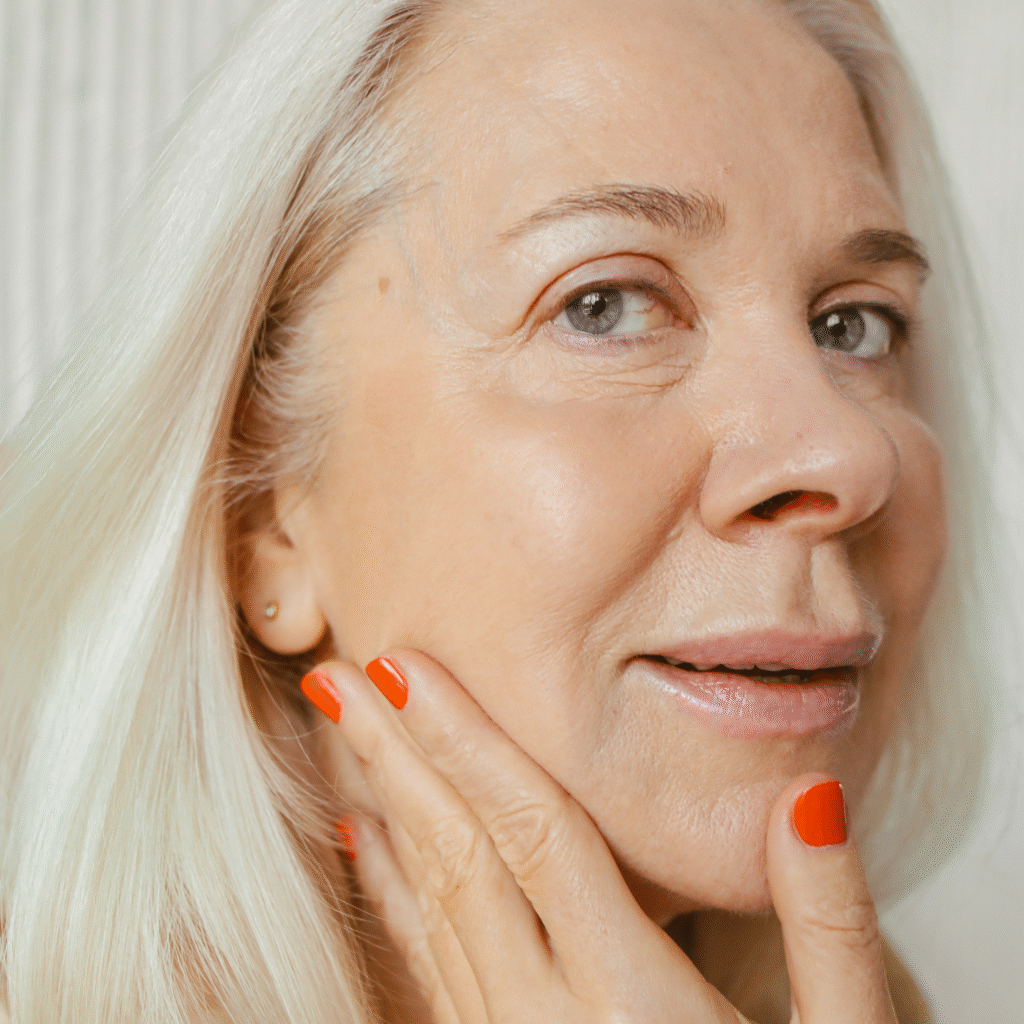
You know that moment when you’re scrolling through Instagram and see another influencer raving about their “miracle” anti-aging serum? I get it—the skepticism is real. But here’s the thing: when it comes to topical growth factors, the science actually backs up some of those bold claims.
After years of watching skincare trends come and go (remember when snail mucin was the weird new thing?), I’ve learned to dig deeper before dismissing anything as just another marketing gimmick. Growth factor serums aren’t new—they’ve been quietly revolutionizing dermatology offices for years. Now they’re finally making their way to our bathroom shelves, and honestly? It’s about time.
If you’re over 40 and tired of throwing money at products that promise the moon but deliver… well, basically nothing, this guide is for you. Let’s dive into whether growth factor creams and serums are worth your hard-earned cash or just expensive hype.
What Are Topical Growth Factors and How Do They Actually Work?
Think of topical growth factors as your skin’s personal cheerleading squad. These are naturally occurring proteins that act like cellular messengers, telling your skin cells to get their act together—repair damage, produce more collagen, and generally behave like they did in your twenties.
Here’s the fascinating part: your skin already makes these growth factors, but production slows down as we age. By around 40, we’re producing significantly less of these miracle workers. Growth factor serums essentially give your skin a pep talk, delivering concentrated doses of these proteins directly where you need them most.
The main players you’ll see in products include:
Epidermal Growth Factor (EGF): The star of the show, focusing on skin cell renewal and repair Fibroblast Growth Factor (FGF): Your collagen production’s best friend Insulin-like Growth Factor (IGF): Supports overall skin health and elasticity Platelet-Derived Growth Factor (PDGF): Helps with wound healing and tissue repair
The Big Question: Do Growth Factors Really Penetrate Your Skin?
I know what you’re thinking—”But aren’t these proteins too big to actually get through my skin?” It’s a fair question, and one that had scientists scratching their heads for years.
Here’s the plot twist: growth factors don’t necessarily need to penetrate deeply to be effective. Recent research suggests they work through multiple mechanisms:
- Surface-level signaling: Even when they stay on the skin’s surface, growth factors can trigger signaling pathways that communicate with deeper layers
- Micro-penetration: Advanced delivery systems in modern serums help smaller growth factor molecules reach the epidermis
- Indirect effects: They may stimulate the production of other beneficial compounds that do penetrate more effectively
The bottom line? While the exact mechanism is still being studied, clinical trials consistently show real, measurable results. Sometimes the “how” matters less than the “wow.”
When Should You Start Using Growth Factor Products?
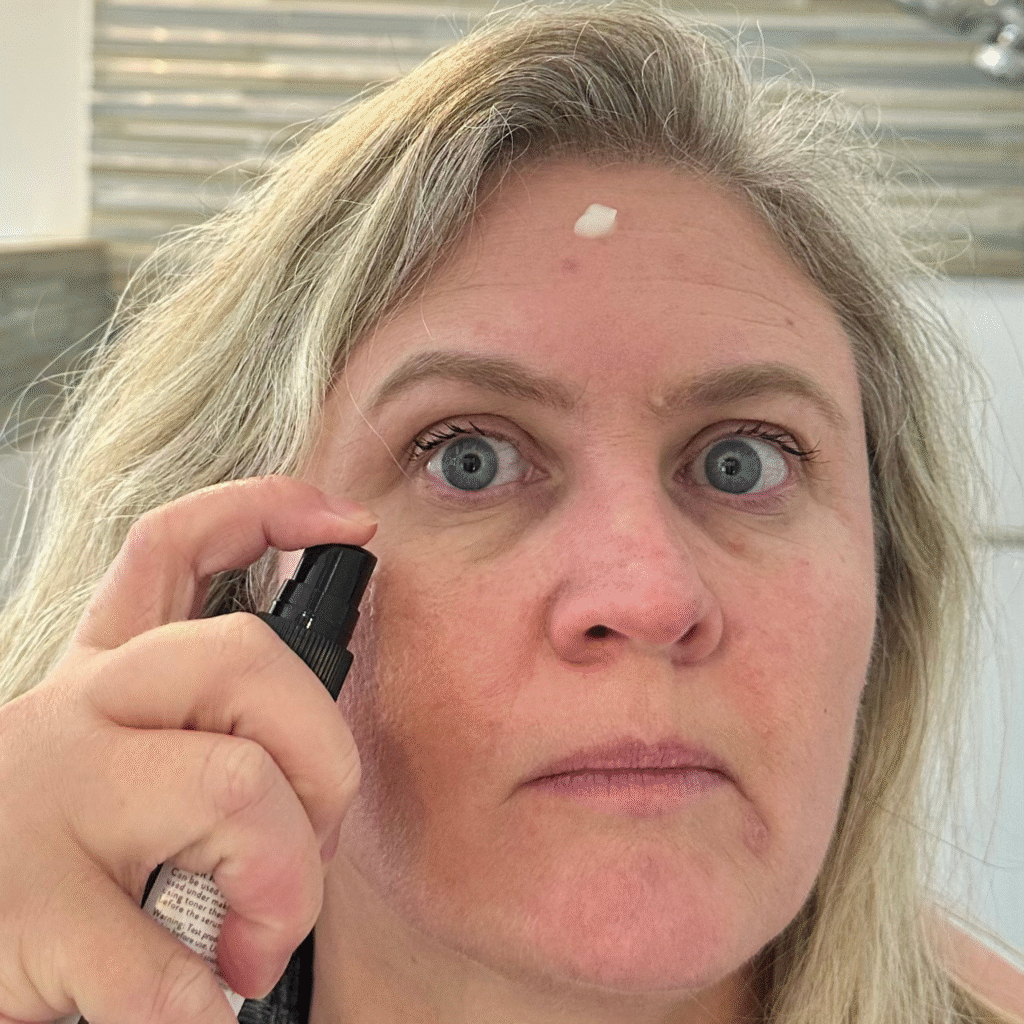
At what age should growth factors be introduced in a skincare routine? This is probably the most common question I get, and my answer might surprise you.
While there’s no magic number, most dermatologists recommend introducing growth factor serums around age 30-35 as a preventative measure. But here’s the real talk: if you’re over 40 and just hearing about this now, you’re not too late to the party.
The Sweet Spot Timeline:
- 30s: Prevention mode – think of it as an investment in your future face
- 40s: Active intervention – this is where you’ll see the most dramatic results
- 50s and beyond: Damage control and maintenance – still incredibly effective
I started using a growth factor serum at 42, and within three months, my aesthetician asked what I’d changed. That’s not a paid testimonial—that’s just honest results.
Safety First: Are Growth Factors Right for Your Skin Type?
Are growth factors safe for all skin types, including sensitive or acne-prone skin? Short answer: mostly yes, but with some important caveats.
Skin Type Breakdown:
| Skin Type | Compatibility | What to Watch For |
|---|---|---|
| Sensitive | Generally good | Start with plant-derived options; patch test first |
| Acne-prone | Usually safe | Avoid heavy creams; stick to lightweight serums |
| Dry/Mature | Excellent | Look for hydrating formulations with hyaluronic acid |
| Oily | Good | Choose water-based formulas over oil-heavy creams |
| Combination | Very good | Apply to specific areas as needed |
The beauty of growth factors is that they’re working with your skin’s natural processes, not against them. However, sensitive skin types should start slowly and consider plant-derived growth factors over synthetic or human-derived versions.
The Reality Check: Prevention vs. Reversal
Let’s address the elephant in the room: Do growth factor serums reverse existing wrinkles and sagging, or are they mostly preventative?
I wish I could tell you that slathering on a growth factor serum will magically erase 20 years of sun damage overnight. The truth is more nuanced—and honestly, more encouraging.
What Growth Factors CAN Do:
- Improve skin texture and firmness within 4-6 weeks
- Reduce fine lines (not deep wrinkles, but definitely noticeable improvement)
- Enhance overall skin radiance and smoothness
- Speed up healing from procedures like microneedling
- Prevent further damage when used consistently
What They CAN’T Do:
- Replace surgical interventions for severe sagging
- Eliminate deep-set wrinkles overnight
- Work miracles without consistent use
Think of growth factors as the tortoise in the tortoise-and-hare story. They’re not flashy, but they’re steady, consistent, and incredibly effective over time.
Decoding the Alphabet Soup: EGF, FGF, IGF Explained
What’s the difference between EGF, FGF, IGF, and other growth factors in products? Let me break this down in plain English:
EGF (Epidermal Growth Factor)
- What it does: Speeds up skin cell turnover
- Best for: Surface-level concerns like texture and minor discoloration
- Look for: BIOEFFECT EGF Serum for a plant-derived option
FGF (Fibroblast Growth Factor)
- What it does: Stimulates collagen and elastin production
- Best for: Firmness and deeper anti-aging concerns
- Look for: Products mentioning “basic FGF” or “bFGF”
IGF (Insulin-like Growth Factor)
- What it does: Supports overall skin health and repair
- Best for: General anti-aging and skin resilience
- Look for: Often combined with other growth factors in comprehensive serums
PDGF (Platelet-Derived Growth Factor)
- What it does: Promotes wound healing and tissue repair
- Best for: Post-procedure recovery and damaged skin
Most effective products combine multiple growth factors—think of it as a well-rounded skincare orchestra rather than a solo performance.
The Mixing Game: Growth Factors and Your Current Routine
Can growth factor products be combined with retinol, vitamin C, or peptides? This is where things get interesting (and where I made some expensive mistakes early on).
The Good Combinations:
✅ Growth Factors + Peptides: A match made in skincare heaven ✅ Growth Factors + Hyaluronic Acid: Perfect for hydration and delivery ✅ Growth Factors + Niacinamide: Great for sensitive skin ✅ Growth Factors + Gentle Vitamin C: Use vitamin C in AM, growth factors in PM
Proceed with Caution:
⚠️ Growth Factors + Retinol: Not necessarily bad, but start slowly ⚠️ Growth Factors + Strong Acids: May cause irritation
The “Don’t Even Think About It” Category:
❌ Growth Factors + High-concentration AHAs/BHAs: Recipe for irritation
Pro tip: When in doubt, layer growth factors after your actives have fully absorbed, or use them on alternating nights.
Red Flags: When Growth Factors Go Wrong
Is there a risk of skin overstimulation or side effects from these serums? While growth factors are generally well-tolerated, overstimulation is a real concern—especially if you’re an overachiever like me who thinks “if a little is good, more must be better.”
Signs of Overstimulation:
- Increased sensitivity or redness
- Breakouts in unusual areas
- Skin that feels “tight” or uncomfortable
- Excessive peeling or flaking
How to Avoid Problems:
- Start slow: 2-3 times per week initially
- Listen to your skin: If it’s angry, back off
- Don’t stack actives: One powerful ingredient at a time
- Patch test everything: Especially if you have sensitive skin
Source Matters: Plant vs. Human vs. Synthetic
Are topical growth factors sourced from plants, animals, or human cells—and does the source matter? This is where personal preference meets science, and honestly, there are good arguments for each approach.
Plant-Derived Growth Factors
- Pros: Generally gentler, sustainable, no ethical concerns
- Cons: May be less potent than human-derived versions
- Best for: Sensitive skin, those preferring plant-based beauty
- Top pick: BIOEFFECT EGF Serum or MAYSAMA Green Rooibos EGF Serum
Human-Derived Growth Factors
- Pros: Identical to what your skin naturally produces, highly effective
- Cons: More expensive, some find the concept off-putting
- Best for: Maximum anti-aging results
- Top pick: SkinMedica TNS Advanced+ Serum or Neocutis Bio Serum Firm
Synthetic Growth Factors
- Pros: Consistent, controlled, often more stable
- Cons: May lack the complexity of natural versions
- Best for: Those wanting lab-controlled precision
The verdict? All three can be effective—it’s more about your skin’s response and your personal preferences than the source itself.
Maximizing Results: Growth Factors and Professional Procedures
What are the best ways to use growth factor products before and after procedures like microneedling or lasers? This is where growth factors truly shine—they’re like a superhero sidekick to professional treatments.
Pre-Procedure Protocol:
- Use growth factors 1-2 weeks before treatment to strengthen skin
- Focus on EGF serums for cellular preparation
- Avoid retinols 48-72 hours before procedures
Post-Procedure Golden Rules:
- Start growth factors 24-48 hours after treatment (follow your provider’s advice)
- EGF after microneedling is particularly effective for healing
- Use gentle, hydrating formulas initially
- Avoid active ingredients until skin has healed
My aesthetician swears that clients who use growth factors pre- and post-treatment heal faster and see better results. The science backs this up—growth factors are literally designed to speed cellular repair.
The Ultimate Growth Factor Product Guide
After testing more serums than I care to admit (and keeping detailed notes like the skincare nerd I am), here are the standouts:
For Beginners: The Ordinary Growth Factors (Peptide+EGF) Serum
- Why it wins: Affordable entry point, gentle formula
- Perfect for: Testing the waters without breaking the bank
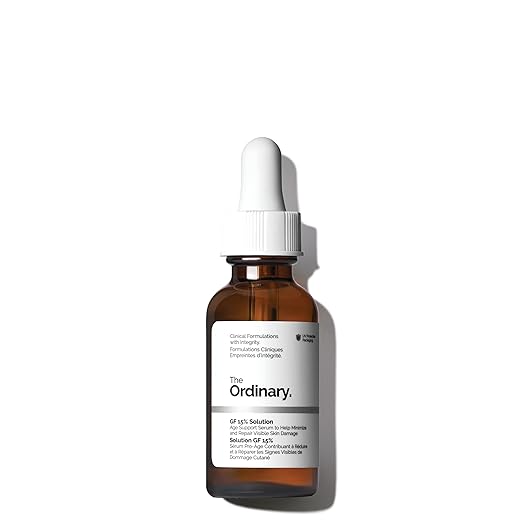
For Maximum Results: SkinMedica TNS Advanced+ Serum
- Why it wins: 450+ growth factors, clinically proven results
- Perfect for: Those ready to invest in serious anti-aging
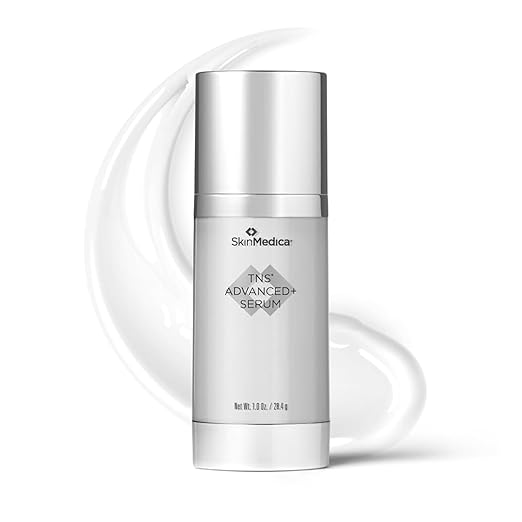
For Sensitive Skin: BIOEFFECT EGF Serum
- Why it wins: Plant-derived, minimal ingredients, gentle yet effective
- Perfect for: Reactive skin that needs a gentle touch
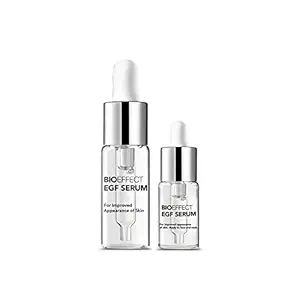
For Post-Procedure: Neocutis Bio Serum Firm
- Why it wins: Formulated specifically for healing and recovery
- Perfect for: Anyone getting regular treatments
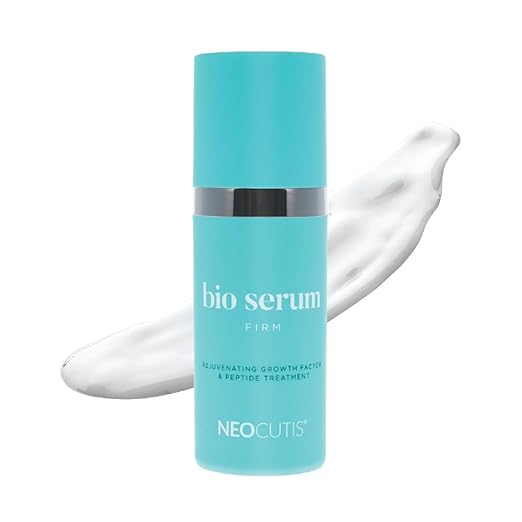
Best Value: Paula’s Choice Resist Intensive Wrinkle-Repair Retinol Serum
- Why it wins: Combines retinol with growth factors for multi-tasking efficiency
- Perfect for: Those who want to streamline their routine
Growth Factors vs. The Competition
Let’s get real about how growth factor vs retinol results stack up:
| Factor | Growth Factors | Retinol |
|---|---|---|
| Gentleness | Generally gentle | Can be irritating |
| Speed of Results | 4-6 weeks | 6-12 weeks |
| Type of Results | Hydration, firmness, texture | Cell turnover, deep wrinkles |
| Compatibility | Works with most ingredients | Requires careful layering |
| Cost | Generally higher | Wide range available |
The truth? They work beautifully together when introduced properly. I use retinol twice a week and growth factors on the other nights—it’s like giving your skin a well-rounded workout.
Smart Shopping: Finding Quality Without Breaking the Bank
Not all growth factor products are created equal, and price doesn’t always indicate quality. Here’s what to look for:
Red Flags:
- Vague claims about “miracle results”
- No ingredient list or concentrations
- Too cheap to be true (quality growth factors aren’t cheap to produce)
- Wild before/after photos that look too good to be true
Green Flags:
- Clinical studies or trials mentioned
- Clear ingredient lists
- Realistic timeline expectations
- Third-party testing or dermatologist recommendations
Drugstore Options Worth Trying:
While most effective growth factor products are investment pieces, The Ordinary and Paula’s Choice offer excellent entry-level options that won’t require you to eat ramen for a month.
The Bottom Line: Are Growth Factors Worth Your Money?
After two years of consistent use, countless product tests, and probably way too much research, here’s my honest take:
Growth factors are worth the hype—but with realistic expectations.
They won’t replace good genetics or professional procedures, but they’re one of the most effective anti-aging ingredients available. If you’re over 40 and looking for real results without the drama of stronger actives, growth factors deserve a spot in your routine.
Start with one well-formulated product, use it consistently for at least three months, and prepare to be pleasantly surprised. Your skin—and your future self—will thank you.
The key is choosing products based on your skin type, budget, and goals rather than falling for marketing hype. Whether you opt for a plant-derived growth factor serum for sensitive skin or invest in a comprehensive formula with multiple growth factors, consistency beats perfection every time.
Remember: skincare is a marathon, not a sprint. Growth factors are your reliable training partner—not flashy, but incredibly effective when you stick with them.
Ready to give growth factors a try? Start slowly, listen to your skin, and most importantly, be patient. The best skincare results come to those who wait (and moisturize religiously).
Affiliate Disclosure: This post contains affiliate links, which means I may earn a small commission if you purchase products through the links provided, at no additional cost to you. I only recommend products I’ve personally tried or thoroughly researched. Your support helps me continue creating valuable content for the skincare community. All opinions expressed are my own honest assessments based on research and experience.

